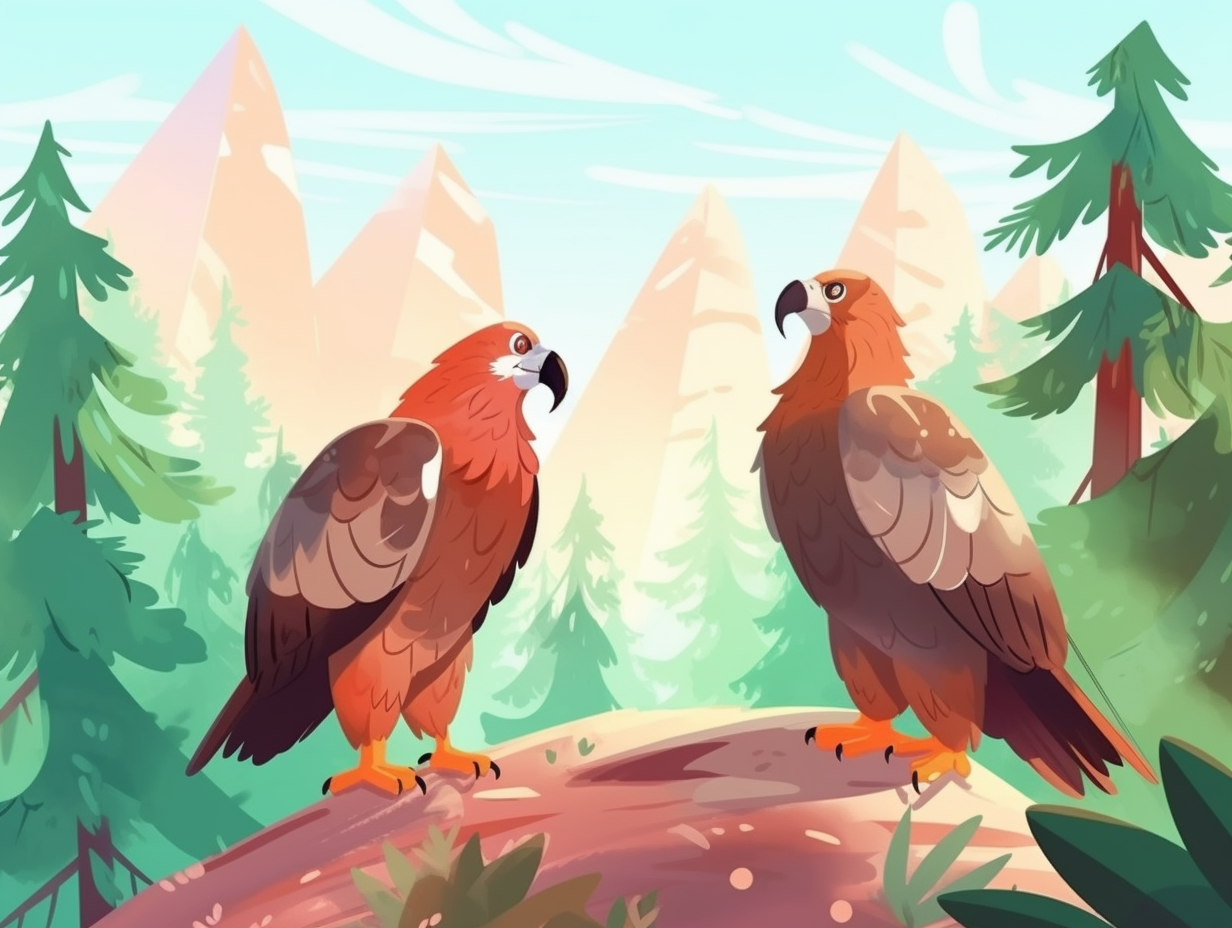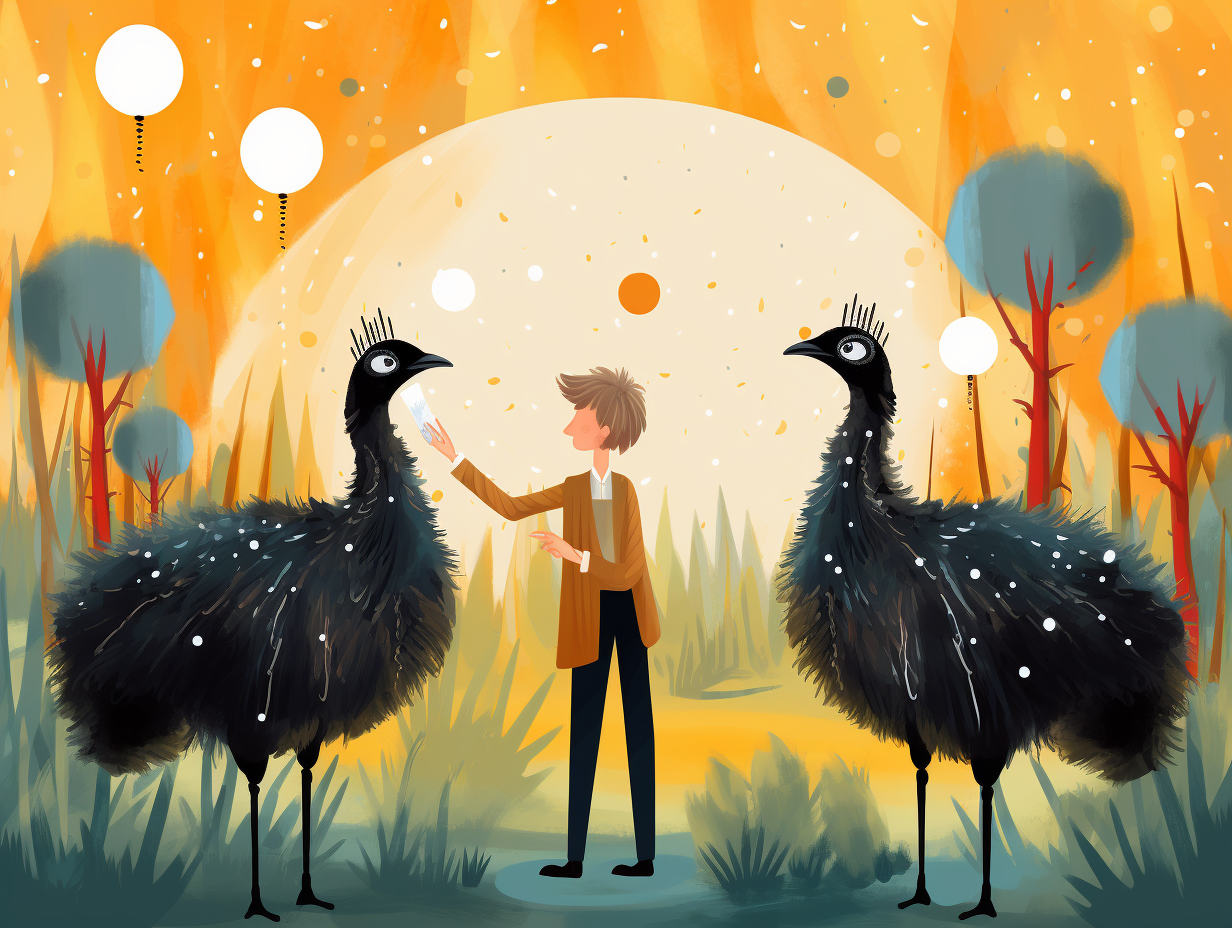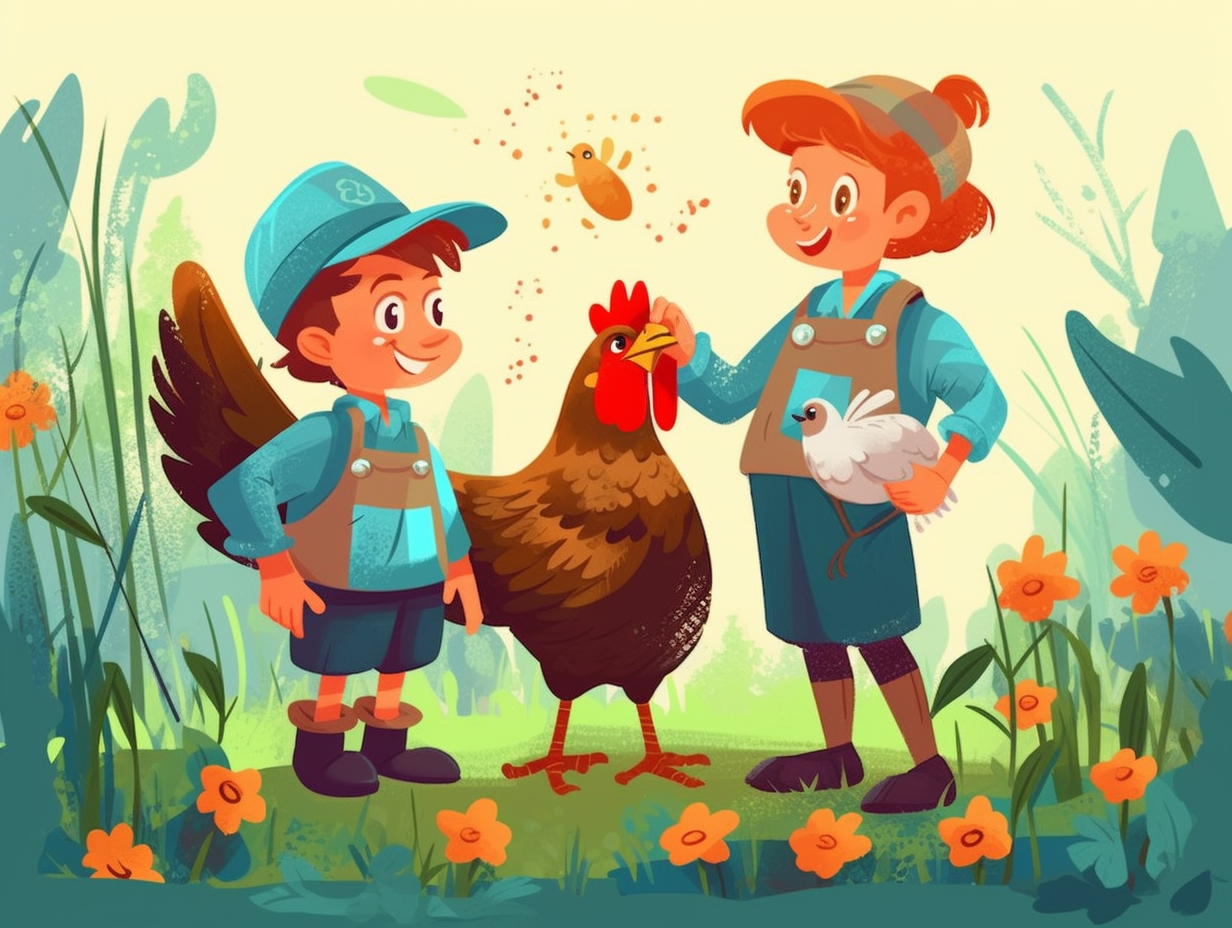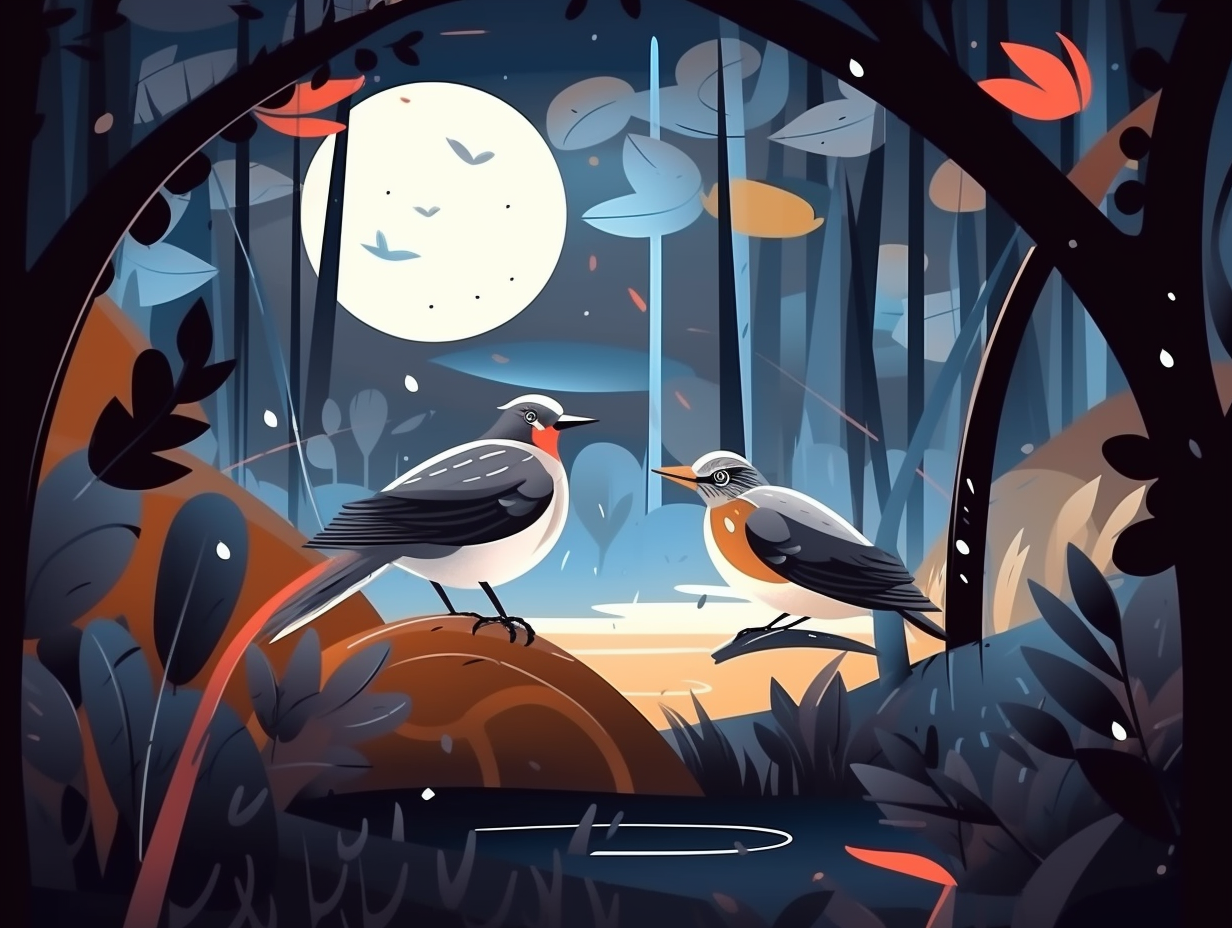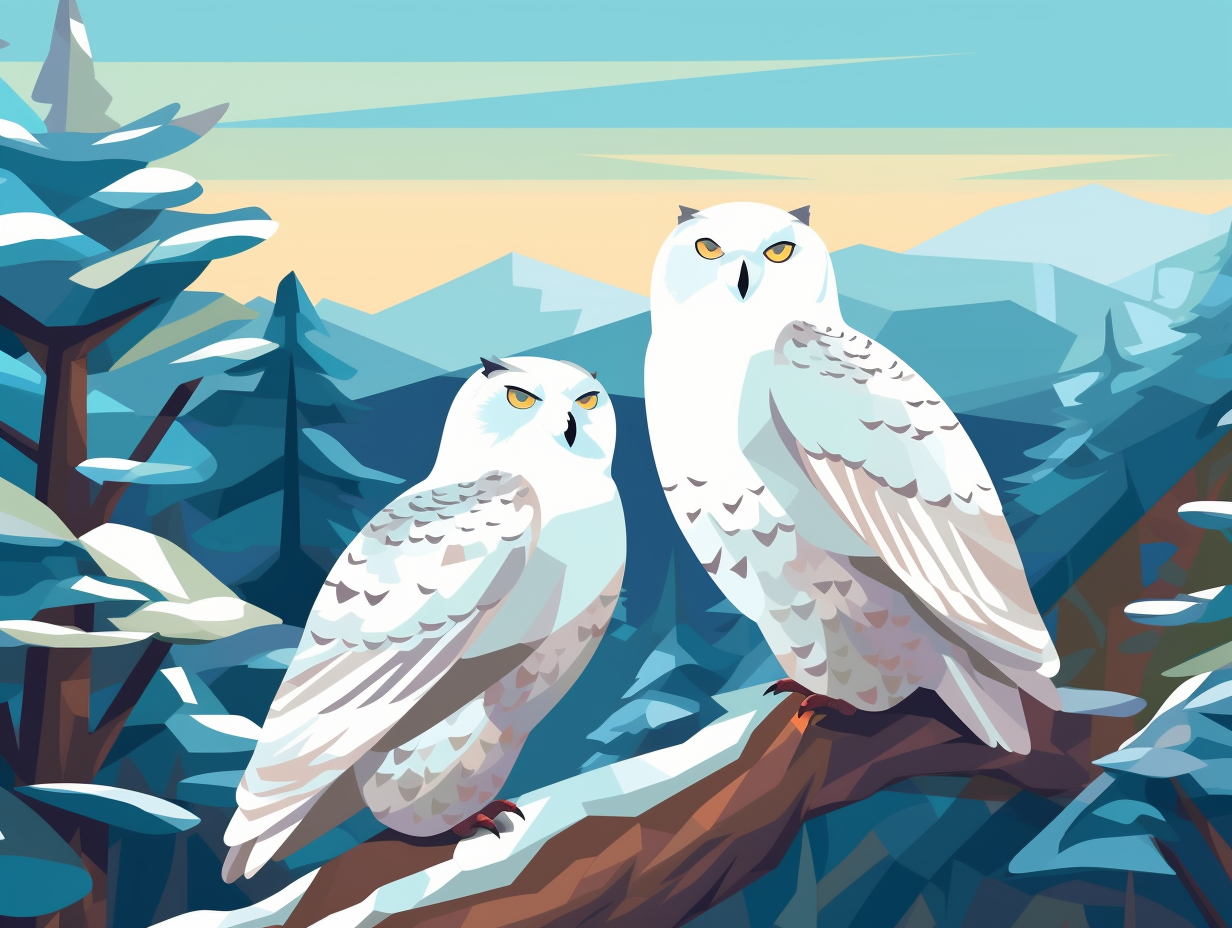Discover the Wonders of Winged Wonders: Top 11 Fun and Fascinating Bird Facts for Kids

1. Party in the Cloaca
Birds might be suffering from FOMO with their one-stop shop for a party down there: they possess a unique anatomy called a cloaca, which serves as the exit for waste, the reproductive opening for mating, and even plays a part in temperature regulation.
Source => thespruce.com
2. Woodpecker's DIY Drilling
Calling all aspiring architects and rapid-fire construction crews: the woodpecker has you beat, and it doesn't even need a hard hat for the job! With a powerful beak and a brain built for speed, these feathered friends are redefining DIY as "Drill It Yourself": Woodpeckers use their chisel-like beaks to peck into trees at 20 times per second, seeking out tasty insects and carving out cozy nests, while their shock-absorbing skulls and super-long tongue ensure that no bug is safe from their voracious appetite. And when they move out, they leave the perfect birdie Airbnb for other winged tenants to move in!
Source => scienceabc.com

Did you know that hummingbirds can reach flight speeds of up to 90 feet per second during courtship dives, making them the fastest flying bird relative to their size? Be amazed by their incredible wing-flapping rates and more! 💨🐦✨
=> Fun Facts about Hummingbirds
3. Hummingbird Hover Heroes
Just like a hyperactive superhero with mad skills: hummingbirds actually possess the unique ability to hover while feeding on nectar, thanks to their amazing figure-eight wing motion. They can zoom about in every direction, even defying gravity by flying forward, backward, up, down, sideways, and yes, upside down at breakneck speeds!
Source => journeynorth.org
4. Baby Flamingo's Colorful Menu
Before you fawn over a baby flamingo's adorable innocence, let's clear up this gray area: they're not tickled pink to see you; they're just partial to their crustacean cuisine: Flamingo chicks are born with white-gray feathers and a straight beak, and it takes years of munching on algae and brine shrimp rich in carotenoids for them to develop their fabulous pink hue and signature hook-shaped bills.
Source => nationalzoo.si.edu

5. Owl's Head-Turning Skills
Whoever said "eyes in the back of their head" must have been talking about owls! These night-time ninjas have clearly mastered the power of full-circle perception and given us all a serious case of head-turning envy: Owls can't move their eyeballs and have fixed eye sockets, so they've evolved to rotate their heads up to 270 degrees to compensate, giving them a nearly panoramic field of view and making silent, efficient hunters.
Source => nationalgeographic.com
6. Penguins' Serenading Sessions
If penguins ever applied for a TV talent show, they'd serenade the judges instead of dancing like no one's watching: Penguins possess a complex collection of vocalizations, using unique sounds for communication purposes like connecting with others, responding to threats, and wooing potential mates.
Source => penguins-world.com
7. Cowbirds' Mooching Mastery
Cowbirds sure know how to moo-ch off others: these sneaky tricksters lay their eggs in other birds' nests, leaving the clueless hosts to raise their young, while they focus on a whopping 30-40 eggs per breeding season!
Source => nationalzoo.si.edu
8. Pigeons' Mirror Narcissism
Who says birds can't have an identity crisis? Pigeons have been caught checking themselves out in the mirror, trying to decide if they're looking at a fashionable feathered friend or just a fancy reflection: Research shows that pigeons react differently to their mirror image than to another stranger pigeon, proving they can distinguish between themselves and fellow fine-feathered folks.
Source => frontiersin.org
9. Sword-billed Hummingbird's Exclusive Floral Date
In a world where everything is a sword fight, one bird takes the cake – or rather, the flower cake: The sword-billed hummingbird has an exclusive relationship with the passionflower Passiflora mixta, as its lengthy bill enables it to pollinate this specific flower, while enjoying a high-quality food source and ensuring the plant's survival.
Source => en.wikipedia.org

10. Ducks' Frost-Proof Feet
Why did the duck wear thermal socks? Just kidding, they don't need them: Ducks have a built-in counter-current heat exchange system in their legs, which prevents their feet from freezing while standing on ice by allowing warm arterial blood to flow close to the cold venous blood, keeping their feet at a safe but cool temperature.
Source => askanaturalist.com
11. The Gyrfalcon's Blazing Dive
While Superman may sport a cape and fly above the clouds, the gyrfalcon is giving him a run for his money with its own jaw-dropping aerial skills: Research has uncovered that this capeless wonder can dive at blazing speeds of up to 70 meters per second, debunking the previous myth of 240 miles per hour, yet still making it one of the swiftest animals ever accurately measured!
Source => pubmed.ncbi.nlm.nih.gov
Related Fun Facts


